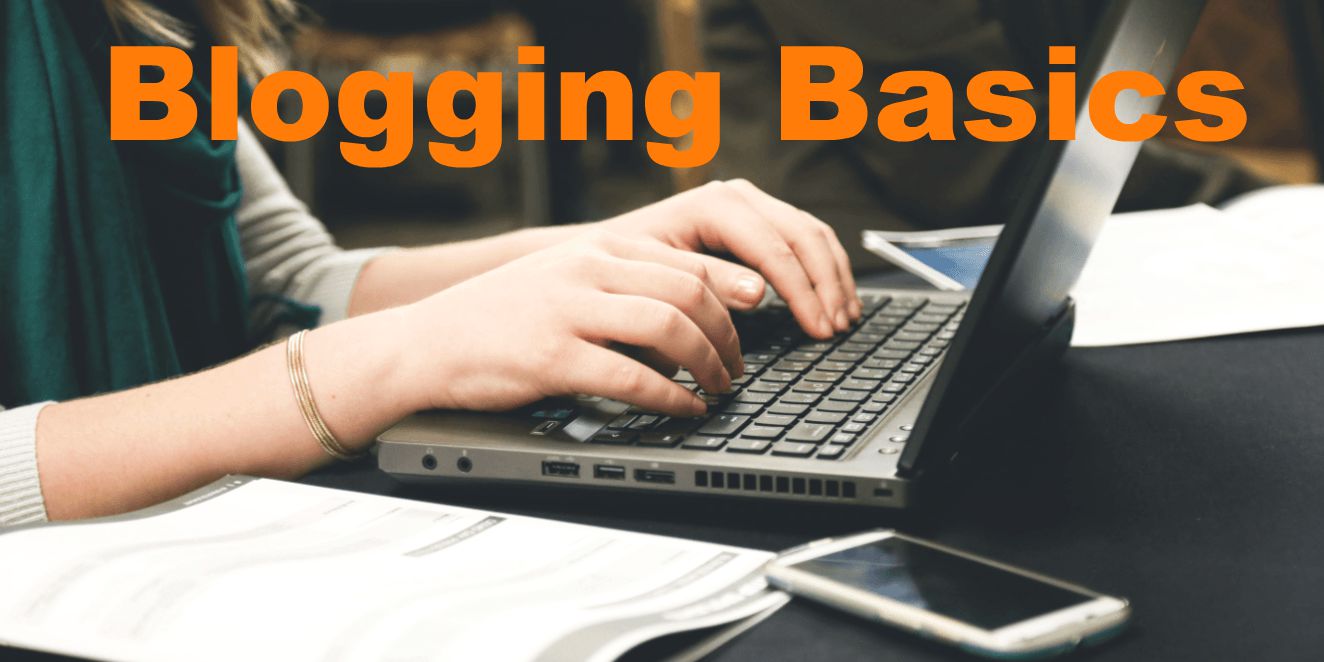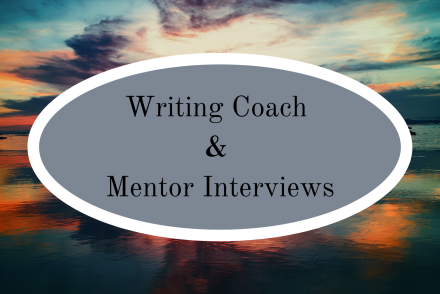
How to Write a Great Story in 5 Steps
People have always had a natural talent for telling stories. It is an essential means of communication and understanding…
November 10, 2024
People have always had a natural talent for telling stories. It is an essential means of communication and understanding…
November 10, 2024
The release date of my first book was etched in my mind. I eagerly shared the news, and excitement…
May 9, 2024
I attended the Blue Ridge Writer’s Conference for the fourth time last May. I did not know if I…
February 22, 2024
“Let all bitterness, wrath, anger, clamor, and evil speaking be put away from you, with all malice. And be…
December 26, 2023
Nothing beats the thrill of writing the opening paragraph of your next novel or the first stanza of a…
December 13, 2023
Sustainability is a hot topic in every industry. 69% of consumers say they’ve made changes to their shopping habits…
October 28, 2023
“You’ve drawn back,” that familiar voice whispered to my heart. I tried to shrug off the nudge. I knew…
October 19, 2023
In 2001, I signed a contract to write four children’s science-fantasy adventure books with an impossible deadline. The contract…
September 22, 2023
Unless you’re a whale, walrus, or flat haired rat, your world is not black and white. And since none…
August 19, 2023
A welcome post is a pinned post on your blog that appears first in your entry feed. But let’s…
April 20, 2023
Whether you write professionally or simply want to publish your first novelette, your success depends on more than just…
April 10, 2023
A headline is the title of an article or any other publication the purpose of which is to get…
March 19, 2023
I stared at the one-inch thick pine board and sighed. I had attempted the side-kick break for what seemed…
October 9, 2022
For many people, writing is difficult. But writing can become faster and more efficient with practice. When writing effectively…
October 5, 2022
The About Us page of your blog provides the possibility to compile and express all words of gratitude and…
September 21, 2022
Why do you write? Do you have a theme, message, or goal for your books? While I never set…
September 19, 2022
Living in the high-tech age means storing all your best moments on devices. Although technological progress promotes photos to…
September 13, 2022
Whether you have a child of your own or you’ve worked with them before, you already know that most…
June 14, 2022
Whether you have a child of your own or you’ve worked with them before, you already know that most…
May 9, 2022
The rich used to be the ones who did book reviews. Everybody is now a critic. There are sites…
April 22, 2022
One of the best ways to market your books, especially when starting out, is through stellar email writing. Email…
March 26, 2022
Surviving a writing slump can be challenging. Getting paid by the word or the project hardly equates to a…
December 17, 2021
Websites are part and parcel of the modern professional lifestyle. This is especially true for anyone working on their…
October 22, 2021
Ever since the lockdown of 2020, there has been a flux of self-published authors all over social media promoting…
September 28, 2021
When you’re a professional writer, your resume is going to look a bit different. It’s not enough to share…
September 5, 2021